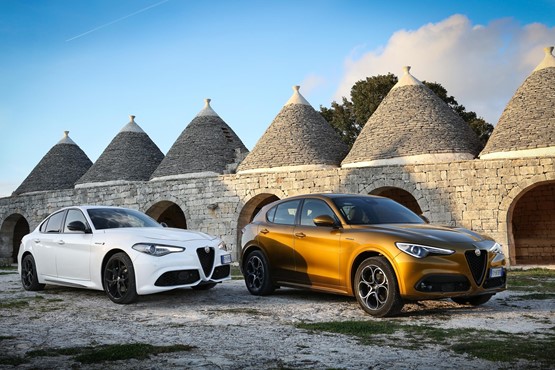
Alfa Romeo has updated the Giulia and Stelvio with a new infotainment system and interior quality improvements, plus new driver assistance systems giving level two autonomy.
Externally the revised models look identical to the existing ones as Alfa Romeo decided not to mess with the positive attributes of both cars.
A new 8.8-inch centrally mounted display can now be controlled via touchscreen or using the re-designed rotary controller.
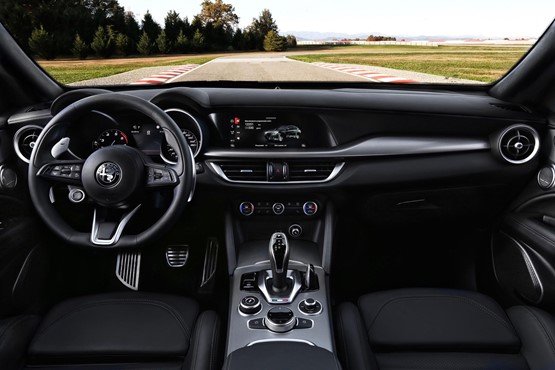
New software provides a neater layout and enables users to customise the displays to suit their requirements. Connected services are also planned to for roll-out next year.
A new seven-inch TFT screen in the centre of the instrument cluster is standard across both the Giulia and Stelvio ranges, providing more concise information to the driver.
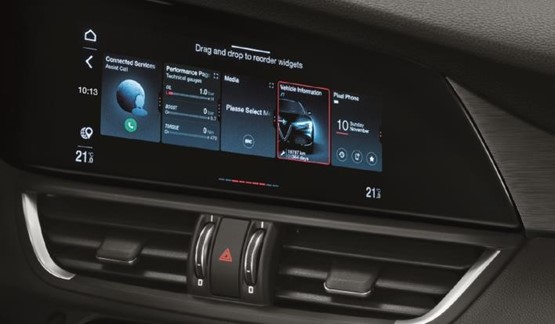
Interior quality has been enhanced with a new central console, completely restyled to accommodate larger, more accessible storage compartments, as well as a new wireless charging pad.
The new gear stick is now leather clad with luminous highlights and a signature Italian flag at its base, while the leather steering wheel has also been restyled to accommodate the functions and sensors for the autonomous driving systems.
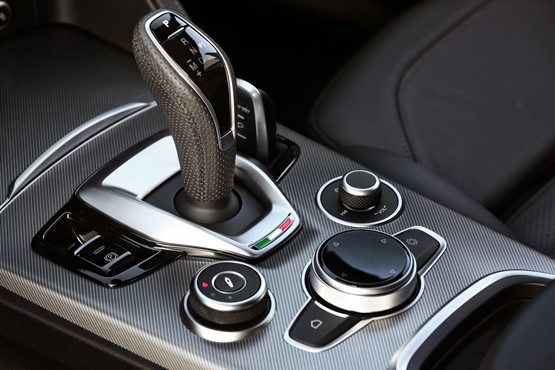
A suite of driver assistance systems includes lane keeping assist, active blind spot assist and traffic jam and highways assistant, in addition to active cruise control.
Revisions to the range structure see a simplified line-up of Super, Sprint, Lusso Ti and Veloce. Standard equipment has been enhanced across the range too, with all models now getting bi-xenon headlights.
Alfa Romeo has retained the existing powertrain options, which include a 2.0-litre petrol engine with 200PS or 280PS and a 2.2-litre turbodiesel engine with 190PS or 210PS.
The new Alfa Romeo Stelvio will be available to order from January 2020, with first cars arriving in the UK during January, with Giulia following later in Q1. Full UK pricing and specification will be announced in due course.


















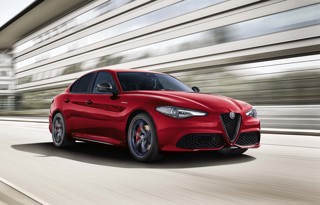
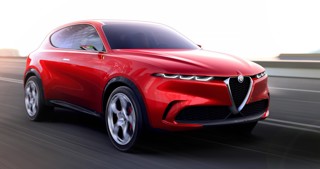
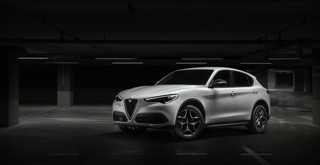
Login to comment
Comments
No comments have been made yet.